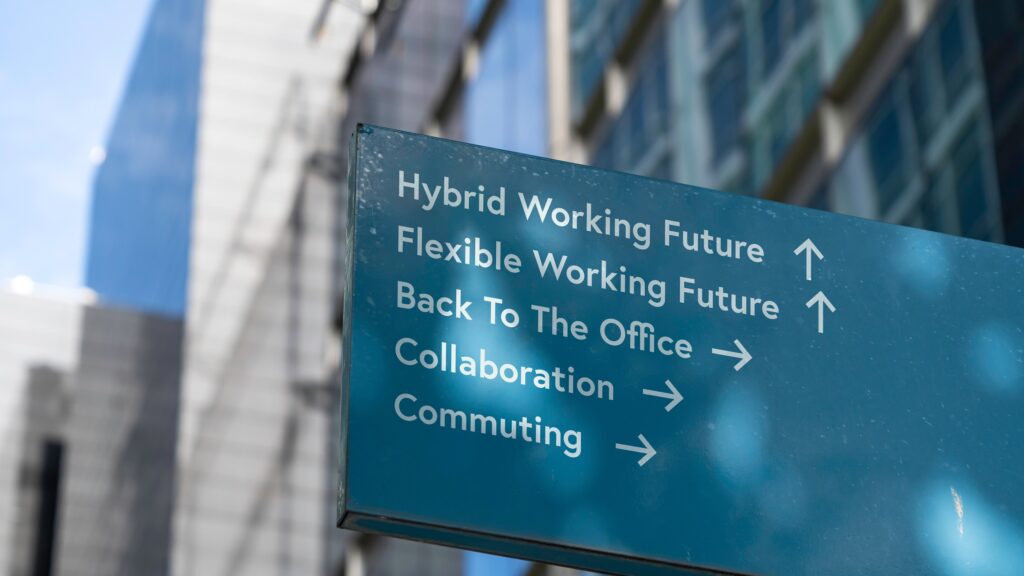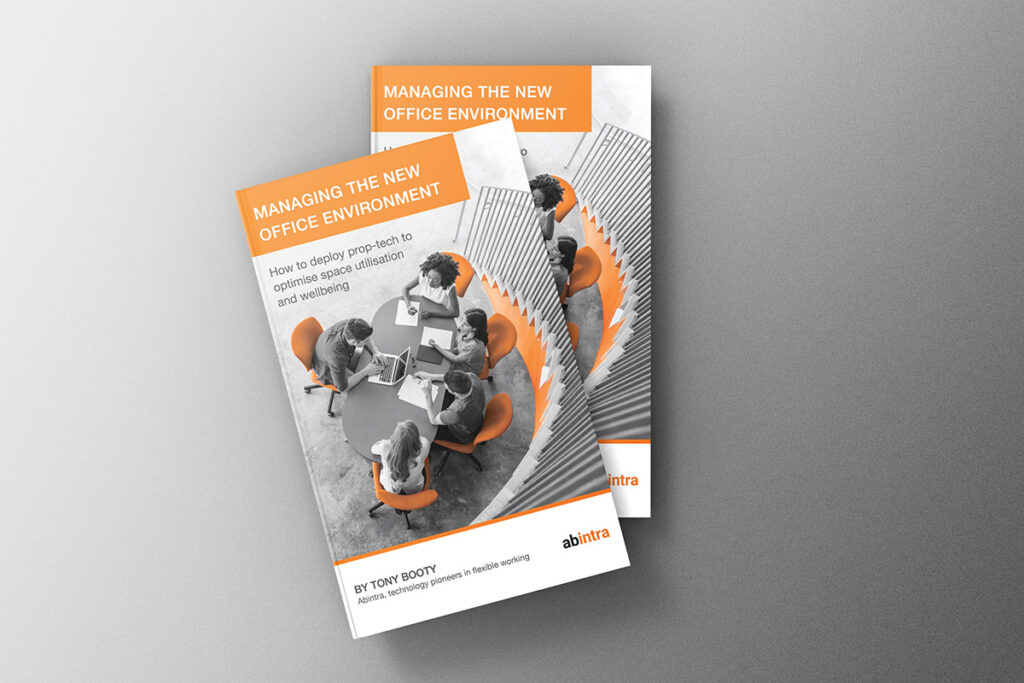Why office utilisation efficiency still matters

More than five years on from the pandemic, businesses are still wrestling with one fundamental question: How much office space do we really need?
Hybrid work is here to stay, and with it comes a new layer of complexity. Some employees thrive on in-person collaboration, others use the office as a quiet escape, while many still prefer working remotely. The result is a patchwork of usage patterns that makes it harder than ever to run offices efficiently.
That reality was underlined by Knight Frank’s 2025 survey of almost 300 corporate real estate leaders. The results show an industry in flux:
- Over one-third of leaders are dissatisfied with their current workplace utilisation.
- 30% say that “delivering higher utilisation & occupancy” is their single biggest workplace management challenge.
- A further 25% rank “aligning workstyles & workplace” as their greatest hurdle.
These figures highlight a pressing truth: inconsistent attendance is leaving significant portions of the office empty, while businesses continue to carry the cost of that space.
From Static Assets to Flexible Resources
For years, offices were treated as relatively fixed assets. Now, they must evolve constantly as business needs change. Layouts, fit-outs, and even entire portfolios need to be adaptable – not only to reflect where and how people want to work, but also to keep real estate spend aligned with business value.
That’s where utilisation data comes in. Tracking patterns of desk and meeting room use, identifying peak demand times, and linking occupancy with productivity can turn guesswork into strategy. With granular insights, leaders can flex their space to match real-world behaviour, rather than assumptions or historical entitlements.
Rightsizing with Precision
It’s no surprise that 55% of CRE leaders see “portfolio rightsizing and agility” as their biggest challenge. But rightsizing doesn’t always mean shrinking. Half of survey respondents expect their portfolios to grow over the next three to five years, while only one in five anticipate reductions.
The key isn’t simply about “more” or “less” space – it’s about the right space. That might mean consolidating underused floors, creating collaborative hubs in new locations, or reconfiguring layouts to suit shifting workstyles. Doing this effectively requires not only data, but diplomacy – balancing cultural expectations, team dynamics, and business priorities.
Efficiency as a Competitive Edge
Ultimately, CEOs want clarity. They expect real estate leaders to show not just how space is being used, but how it contributes to productivity, culture, and cost control. With office space among the largest overheads for many businesses, the stakes are high.
By maximising efficiency in office usage – guided by accurate utilisation data – organisations can:
- Cut costs by eliminating wasted space.
- Enhance employee experience by tailoring environments to real needs.
- Stay agile as hybrid work patterns continue to evolve.
At a time when one in three CRE leaders remain dissatisfied with how their workplaces are performing, the organisations that master utilisation will set themselves apart – not only in operational efficiency, but in their ability to attract talent, support collaboration, and future-proof their po




